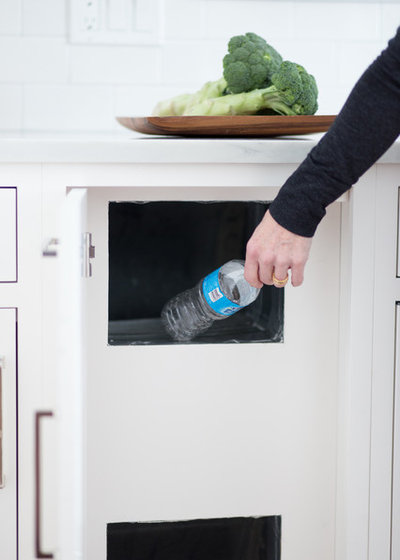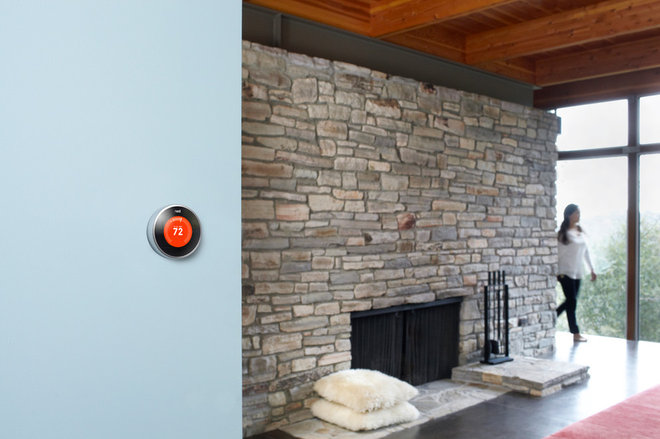5 Things to Do Before Going on Vacation This Winter
Check these tasks off your pre-trip checklist and have more peace of mind while you’re away
1. Clean Out the Kitchen
Empty your refrigerator of perishable foods, such as produce and milk, especially if you’ll be traveling for more than a week. Then, fill bottles or jugs of water and place them inside the refrigerator until it is half full. This will help maintain a steady temperature inside the unit. Also, remember to shut off the ice maker before you leave.
Also ensure that trash bins, kitchen compost bins and garbage disposal units are clear of food waste before heading out the door. You’d hate to return home to any smells created by spoiled food.
If your vacation will overlap with trash pickup days, you could ask a neighbor, family member or friend to haul your garbage can to the curb on pickup day and bring it back to the house after pickup. Or you could see if it’s possible to drop off trash at your local waste station as you head out of town.
2. Unplug the Technology
Disconnect unnecessary appliances, such as computers, televisions and coffee makers, to avoid using energy when they’re not in use. Doing so can also protect your appliances from electrical surges in the event of a winter power outage.
Consider setting an automatic timer for holiday lights to save on energy costs while also giving the appearance of someone being home. Inside, you can turn off and unplug your holiday lights to avoid fire risk.
3. Prep the Pipes
Turning off the water supply can mean the difference between a small drip and a major flood. The water main is usually found near the electrical panel or furnace. Make sure to turn off the owner’s side of the meter and be on the lookout for any leaks.
In climates where temperatures drop below freezing, pipes and all other water appliances should also be drained to avoid freezing or bursting while you’re gone. Once the main water supply is shut off, simply open the taps at high and low points throughout the house. Do not drain the water heater.
4. Turn Down the Temperature
There’s no need to run the heat at its usual temperature if you’re not home to enjoy it. Homeowners should program their thermostats to run on low (about 60 degrees Fahrenheit or 16 degrees Celsius) to keep pipes and appliances from freezing.
Maintaining a base level of heat in freezing weather will also prevent frost from building up around windows and doors, which can cause severe damage to wood and paint as it melts during the day. Lingering moisture can also lead to mold.
5. Secure and Seal the House
Windows and doors should be tightly sealed and winterized to safeguard your home from crime and prevent excess condensation from forming inside. This can be achieved with store-bought caulking, sealant and weather stripping products.
You can also shut the blinds and curtains to help trap warm air indoors, making the home more energy efficient.






